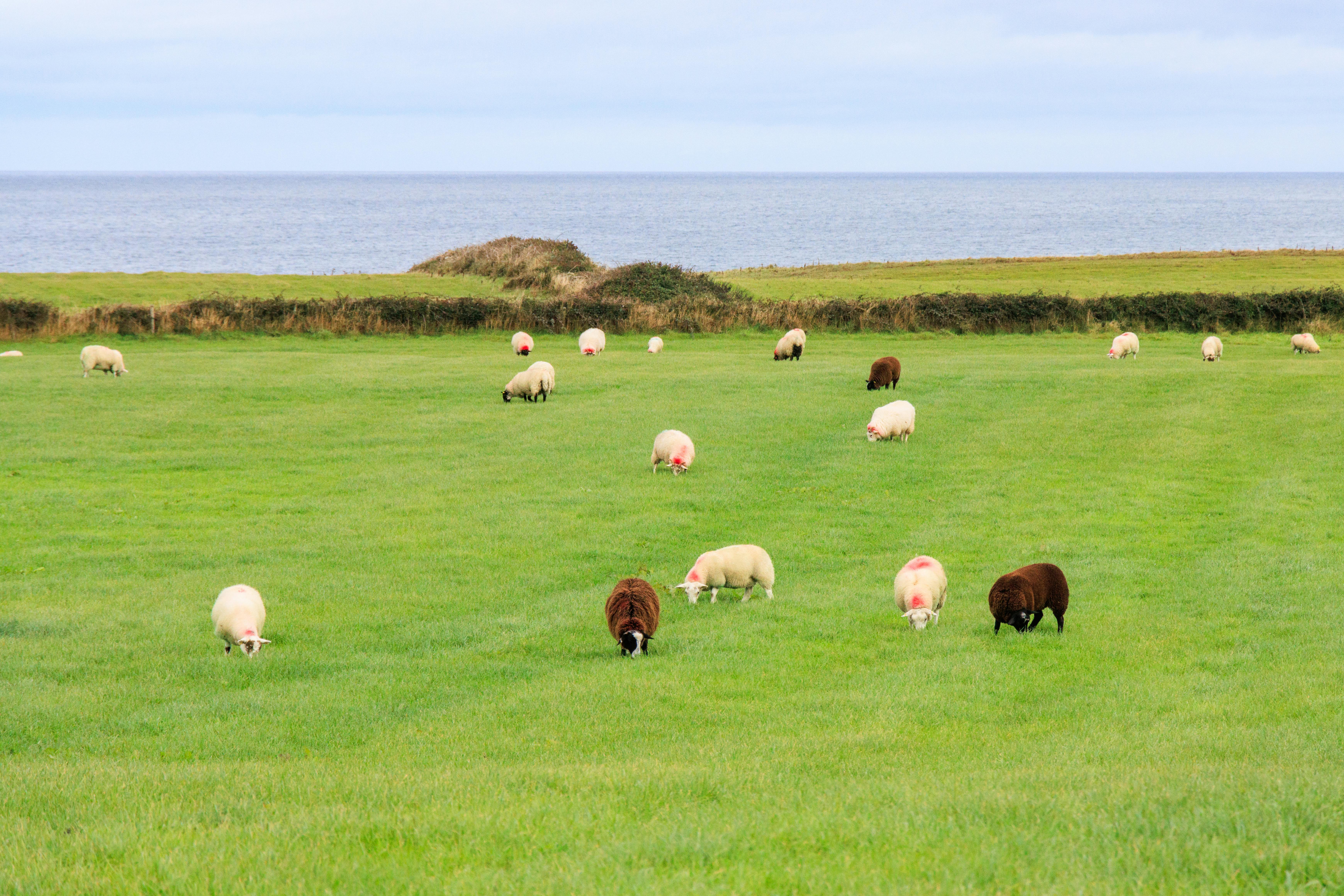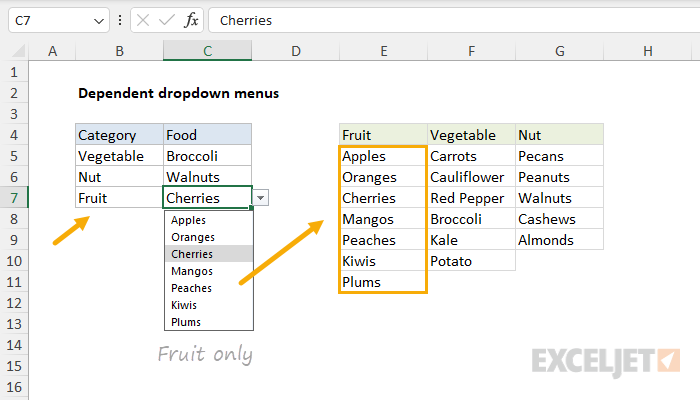
Effective Ways to Boil Crab Legs for Delicious Results
Boiling crab legs is an art that combines simplicity with sophistication, making it accessible even for beginner cooks. The juicy, sweet meat of crab legs is beloved for its tenderness and rich flavors, particularly evident when prepared correctly. Learning how to boil crab legs can bring the delightful taste of seafood into your home, making it perfect for family dinners, gatherings, or special occasions. With the right techniques, you can transform frozen crab legs, whether they are Dungeness, king, or snow crab legs, into a mouth-watering feast.
This article will guide you through the best way to boil crab legs, including essential instructions, seasoning options, and tips for enhancing the flavor. We'll also explore how to enjoy crab legs, from perfect dipping sauces to suitable side dishes, ensuring a satisfying experience for all seafood lovers. Let's dive into the fundamentals of cooking crab legs that will have everyone asking for more!
Key takeaways from this guide will help you master the boiling process, select the best accessories and seasonings, and elevate your crab leg dishes to restaurant-quality meals.
Choosing the Right Crab Legs for Boiling
Knowing which type of crab legs to buy is crucial for an enjoyable meal. Whether you choose Dungeness crab legs, king crab legs, or snow crab legs, each has distinct flavors and textures that can impact your boiling experience. For instance, king crab legs are known for their sweet, rich meat, while Dungeness crabs offer a mildly sweet flavor. Snow crab legs are often praised for their tenderness.
When selecting crab legs, consider fresh versus frozen options. Fresh crab legs can often bring a more vibrant taste, but frozen crab legs are convenient and just as delicious, as long as they are thawed properly. Ensure the crab legs you choose are from reputable sources, especially if you're local seafood market options are available. Look for cracks in the shells as they can indicate spoilage or mishandling.
Lastly, always check the labeling. For instance, crab legs labeled as "live" or "fresh" should be used immediately for the best results, while "frozen" legs can be stored longer. By choosing the right kind of crab legs, you set the foundation for a flavorful, enjoyable meal.
Essential Equipment for Boiling Crab Legs
Setting up for a successful crab boil requires proper equipment. You'll need a large pot, preferably one with a lid, to hold adequate water and accommodate the crab legs comfortably. A seafood steaming basket can be beneficial, particularly for preventing overcooking while allowing flavors to circulate. For the best results, using a pot that can hold at least 5-6 quarts is recommended.
Don’t forget about the crucial accessories: a pair of large tongs for handling the hot crab legs, a slotted spoon for easy lifting, and a housed thermometer to check water temperature. Having kitchen gloves nearby may also help with handling the hot and heavy legs once they are boiled, ensuring both safety and comfort.
Leveraging the right tools improves the boiling process and elevates your overall seafood preparation experience, making it effortless and enjoyable.
Boiling Crab Legs Step by Step
After selecting the ideal crab legs and gathering equipment, it's time to focus on the boiling process. Follow these step-by-step instructions for perfectly boiled crab legs:
Preparing the Crab Legs
Before boiling, prepare the crab legs. If using frozen crab legs, ensure they are fully thawed. Thawing overnight in the refrigerator is the safest method. On the day of cooking, rinse the legs under cold water to remove any ice that may have formed.
Boiling Water
Fill your large pot with water, ensuring it’s enough to cover the crab legs entirely. Adding seasoning to the water, such as Old Bay seasoning or a mix of herbs for crab legs, enhances the flavor from the very start. As the water begins to boil, this step maximizes flavor extraction into the meat.
Cooking Time
Once the water is at a rolling boil, gently place the crab legs in and cover the pot. The boiling crab legs time varies depending on their size. Typically, frozen crab legs require 6-8 minutes, while fresh crab legs only need about 3-5 minutes. Always refer to a reliable crab leg cook time chart for the best results.
After the designated time, remove one leg to check doneness. The meat should be opaque and easily pull away from the shell. Be cautious not to overcook, as this may lead to tough and stringy meat.
Seasoning and Serving Crab Legs
Transforming your boiled crab legs into a flavor-packed dish relies heavily on the seasoning used. While boiling crab legs are delicious on their own, adding a crab leg dipping sauce can enhance the overall experience. Popular options include garlic butter, lemon herb sauce, or spicy aioli.
Best Seasoning Options
Selecting the best crab boil seasoning options significantly impacts your dish's overall flavor. Consider using a mix of smoked paprika, garlic powder, and a hint of cayenne or even a sweet chili sauce for those who prefer an added kick. Customizing your seasoning blend allows you to personalize flavors according to your taste.
Delicious Serving Suggestions
When serving crab legs, presentation is key. Arrange the legs on a beautiful platter, and consider adding garnishes like lemon wedges and fresh herbs for brightness and flair. Pairing crab legs with sides such as coleslaw, corn on the cob, or garlic bread creates a complete meal that will delight your guests.
Recommended Dipping Sauces
Offer a variety of dipping options to enhance your crab leg experience. Besides the classic melted butter, consider a flavorful spicy mustard or a zesty chimichurri for something different. Preparing different options allows everyone at your gathering to find their preferred complement to the succulent crab meat.
Common Mistakes to Avoid When Boiling Crab Legs
New cooks might encounter various pitfalls when boiling crab legs. Understanding common mistakes can be invaluable in achieving the best results. Here are some mistakes to avoid:
Overcooking the Crab Legs
Overcooking crab legs can result in rubbery meat that’s unappetizing. Always monitor boiling times closely to achieve tender, juicy results. A good practice is to set a timer or use a meat thermometer to ensure that the meat reaches the desired temperature without exceeding it.
Insufficient Seasoning
Underserving the water with adequate seasoning can lead to bland results. Always season generously for the full flavor experience! It is essential to balance spicy, salty, and citrus notes to heighten the natural sweetness of the crab meat.
Improper Thawing Techniques
Failing to thaw frozen crab legs properly can lead to uneven cooking and a less enjoyable texture. Always opt for slow thawing in the fridge rather than hastily microwaving them. If pressed for time, run the legs under cold water until they’re pliable but prevent cooking them prematurely.
Enjoying Your Boiled Crab Legs
Once boiled to perfection, the joy of eating crab legs comes in many forms. Whether you choose to crack the shells using specialized tools or your hands, savoring every bite is the ultimate goal. Practical aspects such as how to eat crab legs can enhance your dining experience significantly.
Techniques for Shell Removal
Using the right tools aids in shell removal and makes the process smoother. A seafood cracker or specialized scissors can make cracking the legs more accessible, while small forks can help pull out the tender meat without damaging it. A handy seafood nutcracker can be the difference between an easy meal or a tedious one.
Pairing with Drinks
Considering wine or other beverages to pair with your crab feast is another enjoyable aspect. A light white wine such as Chardonnay or a crisp beer can beautifully accompany the rich flavors of crab. Alternatively, consider refreshing cocktails with citrus elements to balance the sweetness of the crab meat.
Q&A: Boiling Crab Legs Adjustments and Options
How do I know when crab legs areCooked?
After the boiling time has elapsed, check for uniform opacity. The meat should appear white and flake easily from the shells. A quick internal temperature check of 145°F signifies doneness.
Can I boil crab legs that are still frozen?
Yes, you can boil frozen crab legs without thawing them, though it will require a few extra minutes in the boiling water. Ensure they are fully submerged and allow sufficient cooking time.
What are the best crab leg varieties for boiling?
Dungeness, king, and snow crab legs all produce delicious results when boiled. Each offers unique textures and flavor profiles, so consider your personal preferences when selecting.

